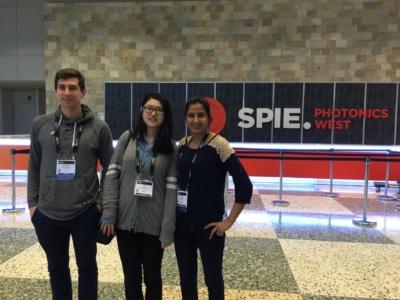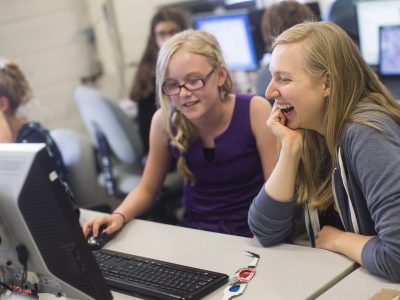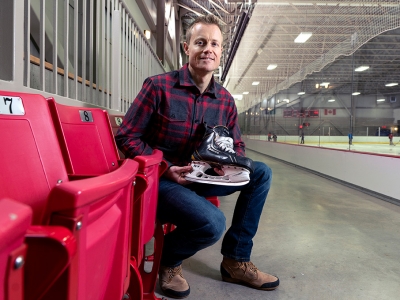By Leah Coppella
Carleton alumnus Philip Asante (BEng/12) has been nominated and featured as a 2021 Canadian to Watch by Automotive News Canada, a leading paper on the global automotive industry.
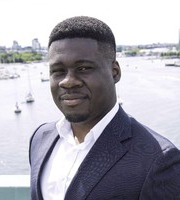
Philip Asante (BEng/12, Aerospace Engineering)
As a Software Integration Lead Engineer, Autonomous Vehicles at General Motors (GM), Asante is currently part of a growing team at GM that’s developing infrastructure for an advanced driver-assist system.
Looking back to his beginnings in Carleton’s Aerospace Engineering program, Asante reflects on his final year Capstone design project, the GeoSurv II Uninhabited Aerial Vehicle (UAV), with his group having been the first to fly the UAV in the project’s eight-year history.
“We didn’t have the most successful day at the airfield in Arnprior,” he recalls. “After three high-speed runs down the runway to get a feel for the performance of the aircraft, we attempted a take-off. Unfortunately during this take-off run, the aircraft briefly lost contact with the RC transmitter and veered off the runway in a catastrophic crash.”
Despite the setback, Asante learned how to collaborate with a multidisciplinary team and how to communicate effectively, particularly in presenting technical information and report writing as an engineer.
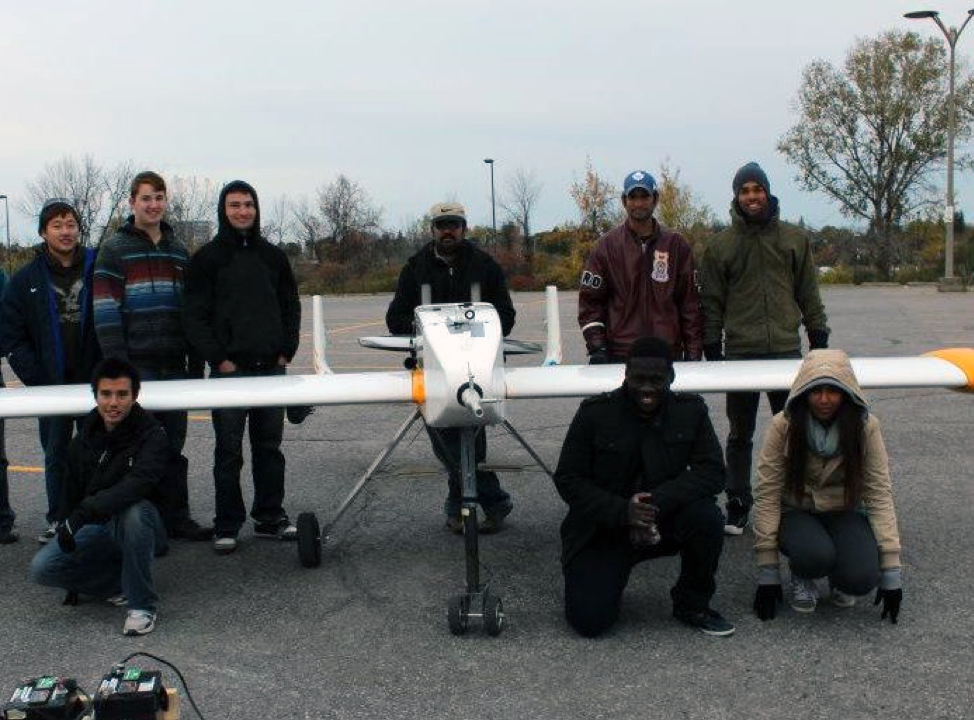
Asante with members of the 2011-2012 Geosurv II UAV team.
“These are all critical skills that have helped me significantly in my career,” he says.
In addition to project experience, Asante credits his former professors Dr. Jeremey Laliberté, Dr. Calvin Rans and Dr. Fred Nitzsche for cultivating his interest in unmanned systems.
Supervised by Dr. Laliberté, Asante also developed computer assisted design (CAD) drawings for the aircraft and airframe structure of Carleton’s BlackBird UAV, which flew at the 2011 Unmanned Systems Canada Student UAV Competition.
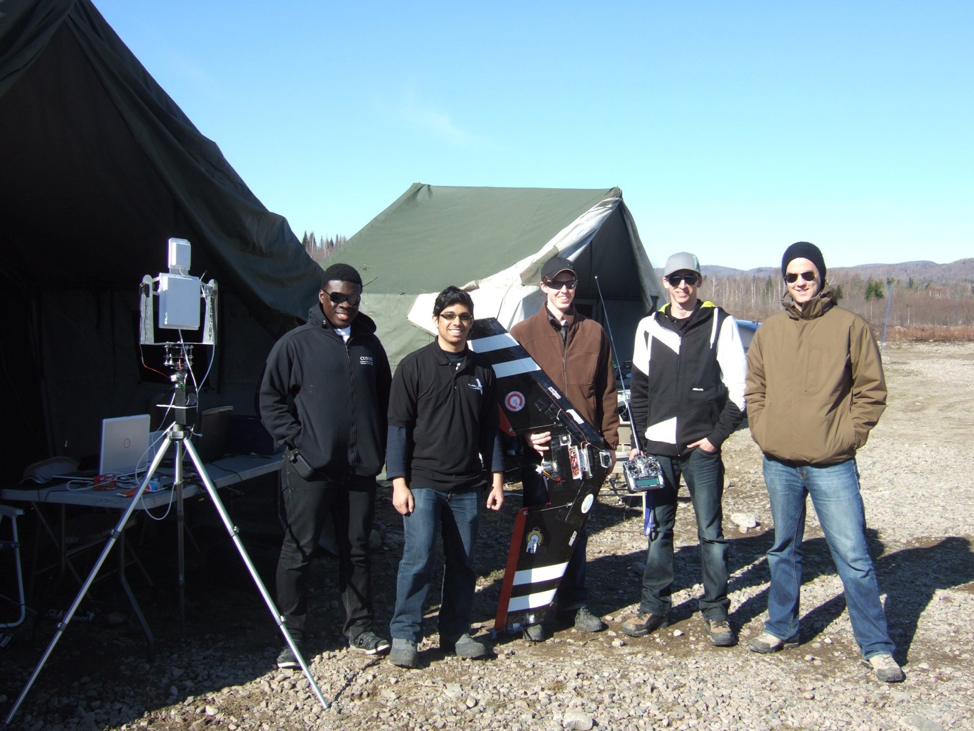
Carleton’s BlackBird UAV team placed third in the Unmanned Systems Canada Student UAV/UGV flying competition at CFB Valcartier in 2011.
“Their influence on me has shaped how I approach the complex work I’ve been involved in throughout my career and provided me the confidence to work through the challenges I’m presented with,” he says.
Asante describes aerospace engineering at Carleton as a challenging, but ultimately rewarding program.
“One very beneficial side of this was the discipline needed to see the work through, to get it right and establish a continuous learning mindset,” he says. “Also, the culture among the students within the department fostered collaboration through studying together, working on assignments and collaborating on group projects.”
Asante’s participation in competitions was what gave him the most critical real-word skills that he uses today, such as understanding software and programming languages, as well as soft skills like presenting work and plans to large audiences.
Asante describes his current role with GM as “the coolest”.
“I work with some of the most talented people in the world on exciting products that will literally change the way we go about our everyday lives. It’s great to know that the technologies we are rolling out will actually save lives and our environment,” he says.
Asante cites Carleton’s intensive and creative program as one of the reasons his skills were so transferable from aviation and aerospace to the automotive space.
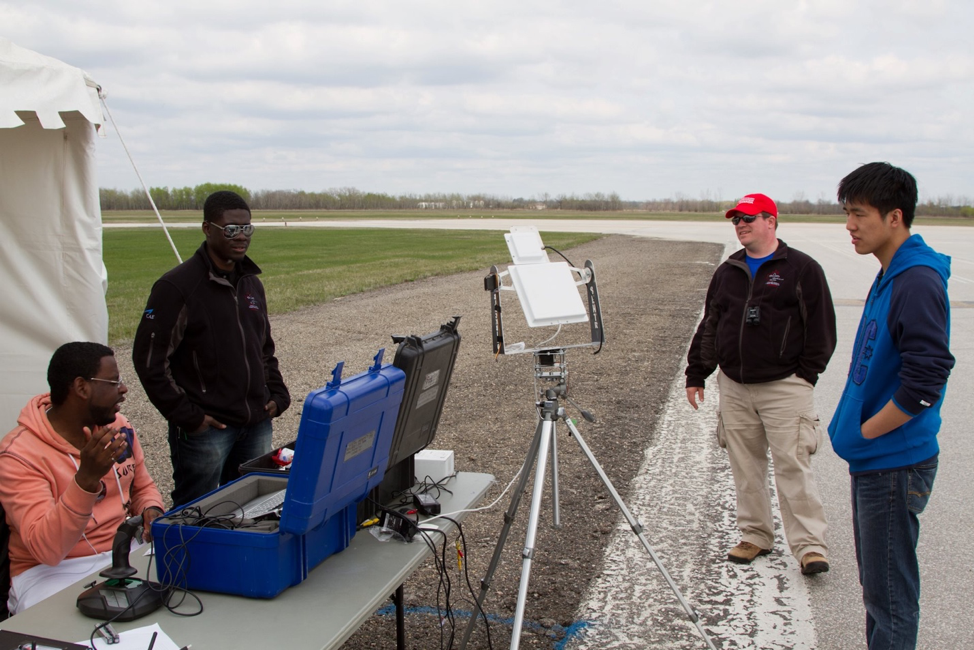
Members of the BlackBird UAV team collaborate with Prof. Jeremey Laliberté (third from left).
“At GM, we stand out with our driving goal and philosophy of Zero Crashes, Zero Emissions and Zero Congestion. Pursuing this strategy has made us really think outside the box in everything we do,” he says. “In my role as an integrator, my team is constantly bombarded with challenges that require us to come up with creative solutions to ensure that we are adhering to the most strict safety protocols, while ensuring our teams are able to push the envelope in the advanced active safety and autonomous software that we put on the road.”
Offering some advice to current students in mechanical and aerospace engineering, Asante recommends students take advantage of the engineering electives and general electives courses that Carleton’s engineering programs offer.
“Some of the greatest opportunities in my career progression came from that exposure beyond the scope of my primary program of study,” he says.
“Those electives are opportunities to make yourself stand out among your peers and find yourself a niche that makes you uniquely qualified for a role.”
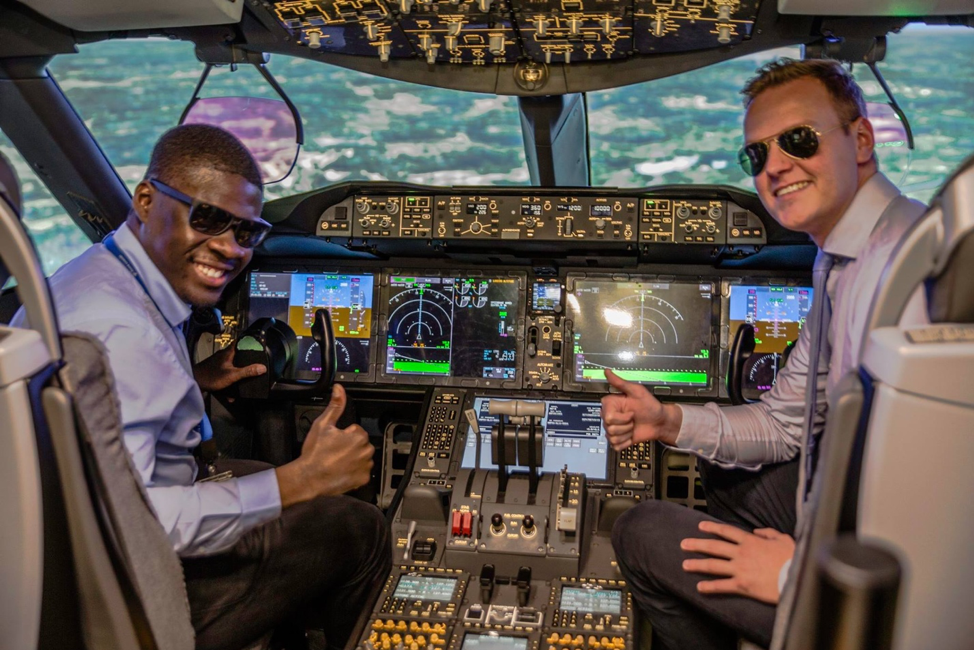
Asante with test-pilot Stephan “Cruisin'” Kroezen (currently First Officer, Boeing 737 bij KLM).
In 10 years, Asante could be looking more in-depth at how tech can be leveraged to improve and optimize engineering productivity, innovation, and flexibility while maintaining safe-guards. Or, he could find himself as a Chief Technology or Chief Operating Officer for a new business unit or subsidiary.
“One of the things that have really caught my interest in recent years is how companies operate and transform themselves to become more efficient and profitable,” he says.
Today, Asante still looks back on his Geosurv II UAV team experience at Carleton with pride.
“Those team members were some of the most talented individuals I have ever met. We’ve all formed a solid network within the industry and continue to support each other today, with Carleton as our shared foundation.”
Monday, August 30, 2021 in Aerospace, Alumni, Autonomous Vehicles, Capstone Design Projects, Experiential Learning, Feature Stories, Mechanical, Undergraduate
Share: Twitter, Facebook
